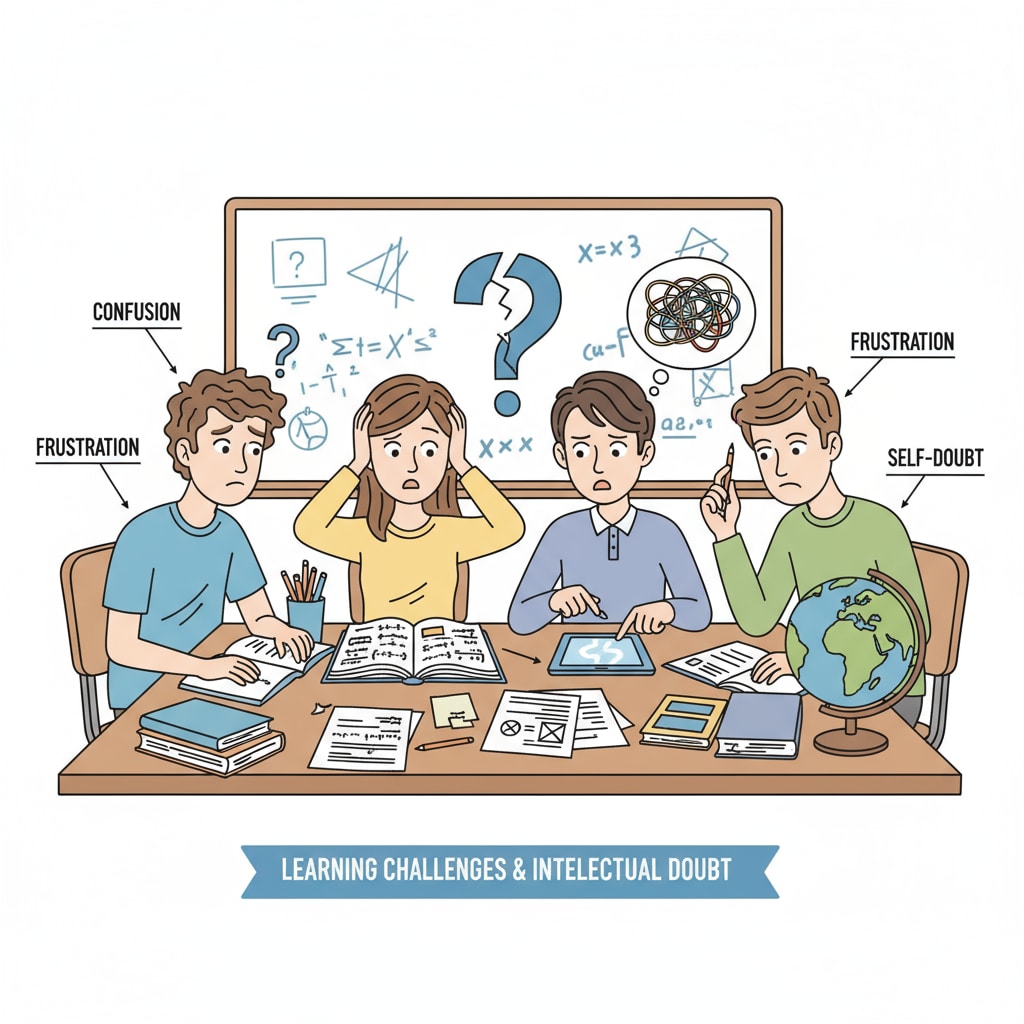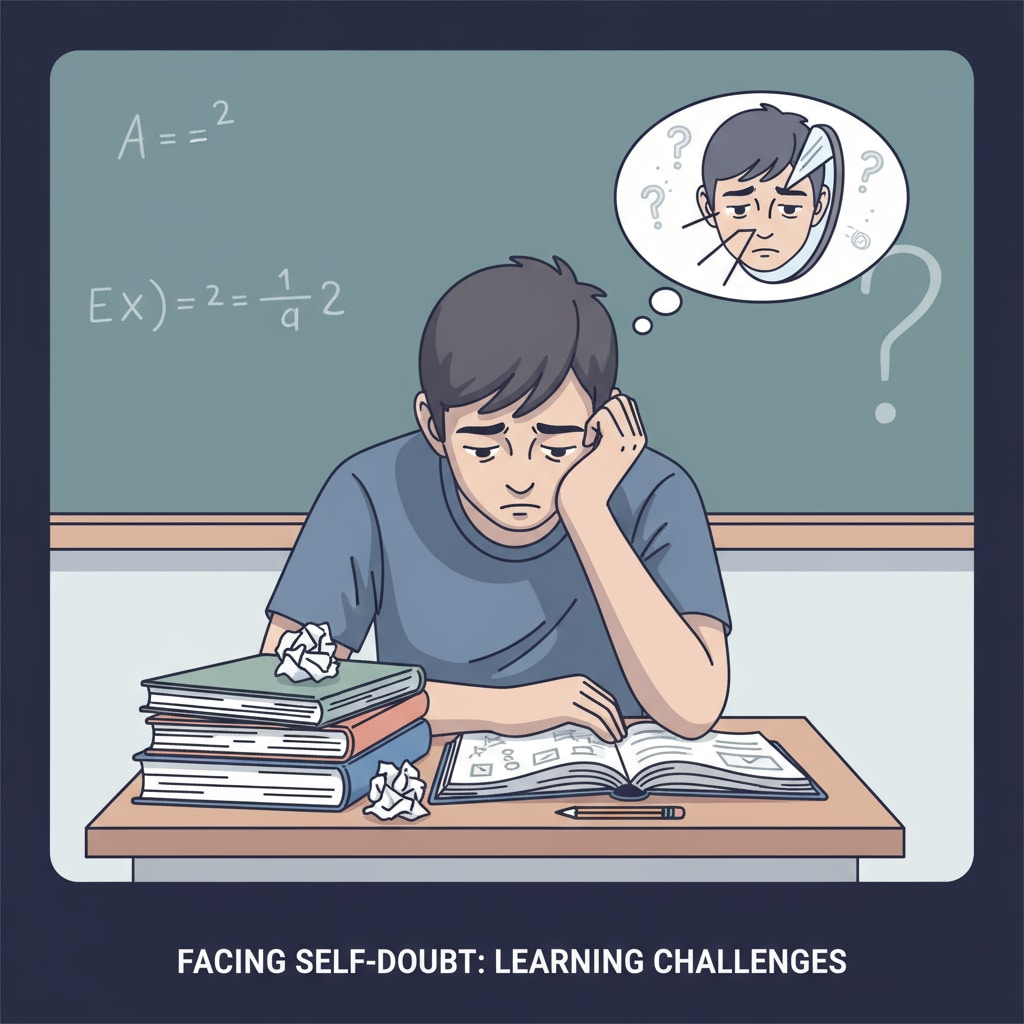In the realm of K12 education, the issues of intellectual disabilities, self-doubt, and learning abilities often intertwine, leading to students’ self-intellectual doubt. This is a phenomenon that is both widespread and frequently overlooked. Students may start to question whether they have intellectual disabilities due to challenges in learning, which in turn triggers self-doubt about their overall learning capabilities.

The Origins of Self-Intellectual Doubt
One significant source of self-intellectual doubt is academic pressure. In K12 education, students are constantly evaluated through tests, exams, and assignments. When they struggle to meet the high standards set by schools or parents, they may begin to think they have intellectual limitations. For example, a student who consistently fails math tests might start to believe they are not smart enough, as defined by traditional academic measures. Academic stress on APA
Another factor is social comparison. Peers can have a powerful influence on a student’s self-perception. If a student sees their classmates excelling effortlessly while they struggle, it can fuel self-doubt. They might assume that others possess some inherent intellectual advantage that they lack.
Recognizing the Signs
Educators and parents need to be vigilant in recognizing the signs of self-intellectual doubt. These can include a sudden drop in academic performance, lack of enthusiasm for learning, or avoidance of challenging tasks. A student who was once eager to participate in class may now become withdrawn. Child psychology on Britannica

Physical symptoms such as headaches, stomachaches, or sleep problems can also be indicators. The stress of self-doubt can take a toll on a student’s physical health.
To address this issue, educators can implement individualized teaching plans. By understanding each student’s unique learning style and pace, they can help students build confidence. For example, a visual learner may benefit from more graphic aids in lessons.
Parents, on the other hand, should create a supportive home environment. Encouraging open communication and celebrating small achievements can boost a student’s self-esteem.
In conclusion, the problem of intellectual disabilities, self-doubt, and learning abilities in K12 education requires a joint effort from educators and parents. By understanding the origins, recognizing the signs, and implementing appropriate strategies, we can help students overcome self-intellectual doubt and develop a healthy sense of self and strong learning capabilities.
Readability guidance: The content uses short paragraphs to clearly present ideas. Each H2 section provides key points. The use of passive语态 is minimized, and transition words like ‘for example’ and ‘another’ are used to enhance flow.


